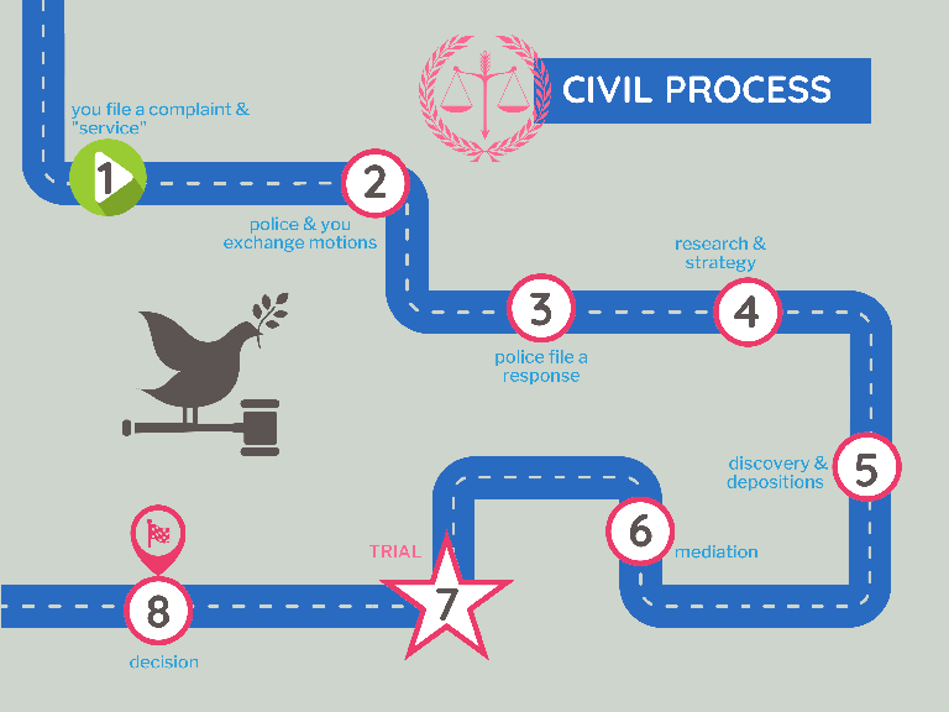Police Accountability Self-Advocacy Toolkit
From 2015 to 2022, 123 people in Maryland were killed by the police. This number is too great and doesn’t even count the people, families, and whole communities who survive so much physical and mental harm from needless – often racist – run-ins with police. This institutional failure is made worse by flawed “accountability” structures designed to protect police and bypass justice.
POLICE ACCOUNTABILITY SELF-ADVOCACY TOOLKIT
This self-advocacy toolkit (self-kit) describes ways a person may use existing, though inadequate, accountability structures. We also hope this self-kit will highlight the flaws of the system and encourage you to change it. To see how the ACLU of Maryland works to reform systems and upend white supremacy, please see our Issues page.
We see policing as a major part of a larger blanket of oppression against many communities. The inevitable result of these connected systems is harm against you, your neighbors, and people you love. The recommendations of this self-kit may not restore these harms. For resources that can better support you or others in healing and restoration, please see Appendix A: Community Supports on page 15.
Our best advice for using this self-advocacy toolkit:
- Take what you need, leave the rest. These recommendations will not perfectly address every policing experience; if something here doesn’t apply to you or simply did not work, we hope other strategies are a better fit.
- Expect to experience shortcomings. These methods call on a deeply flawed system, which rarely operates according to its express intent. Think of your effort as activism loudly calling out wrongs but understand you may not get a satisfactory response from the government or public.
At the ACLU of Maryland, we are rooting for your victory in accountability and healing. Hopefully, this self-kit will help along the way.
FEEDBACK ON THE TOOLKIT
We value feedback to make our service better. Do you have recommendations or know of resources? Have you found success or challenge using this self-kit? Let us know!



